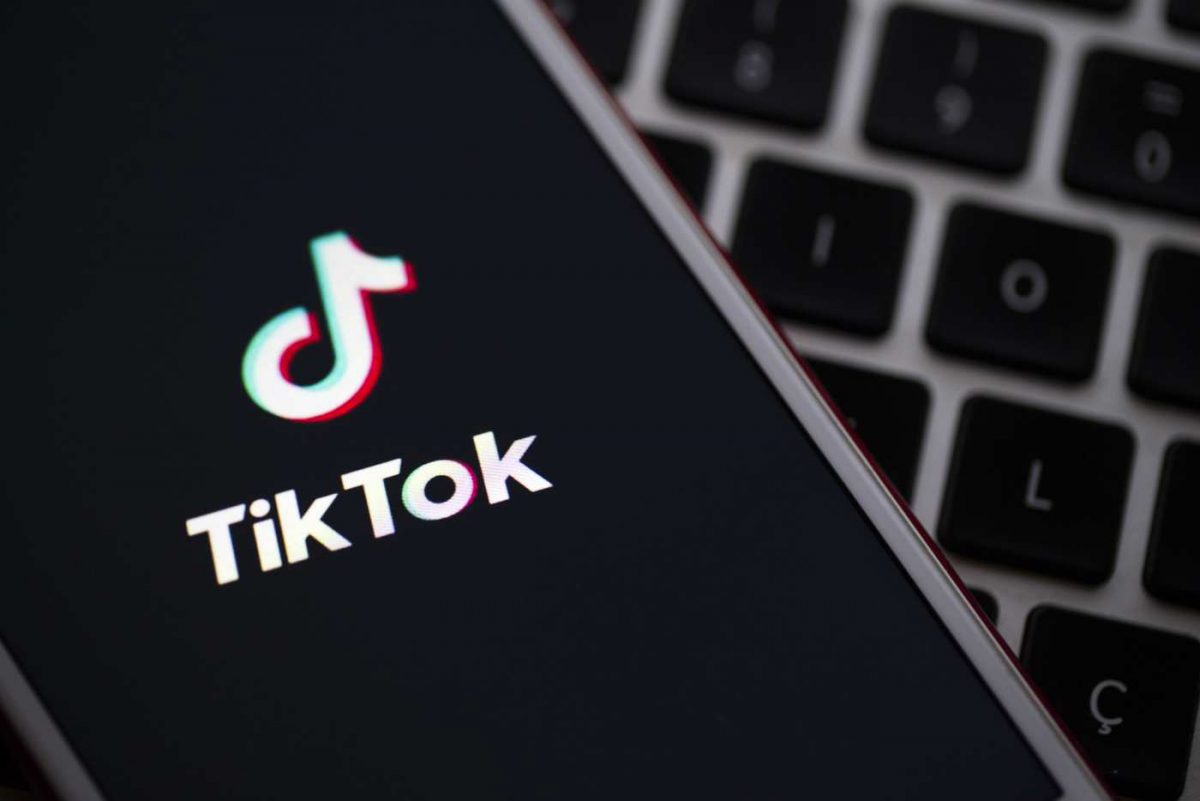It can be tempting, as many have, to hold up TikTok as some type of incredible content oasis – a relaxing spot of good in a sea of digital bad.
It seems like every day there’s a new viral repost of a TikTok video on some other social-media platform (Twitter) and it’s captioned something like, “These TikTok teens are reminding me that there are some good things in this wretched world.” (The video is often of someone who is almost definitely an adult.)
How to get verified on TikTok ?
The perception lives on that TikTok is somehow a reflection of what normal people are like.
Upon its launch, Kevin Roose wrote in the New York Times that the platform was, “a place where people can let down their guards, act silly with their friends and sample the fruits of human creativity without being barraged by abusive trolls or algorithmically amplified misinformation. It’s a throwback to a time before the commercialization of internet influence, when web culture consisted mainly of harmless weirdos trying to make each other laugh.”
As a new report from the Intercept lays out, this was never really the case.
TikTok has tried to actively avoid becoming inundated with hoaxes, or inflammatory political content, or platform manipulation and clickbait, but cultivating the feel-good aesthetic that so many have come to praise comes at a cost. Specifically, the cost is sweeping ugly people and poor people under the rug.
TikTok’s central organ is its “For You” page, an algorithmic recommendation feed that users first see when they open the app. Even if you’re never posted anything, followed anyone, or liked a video, you’ll see the page, which is unique for each user and full of videos with hundreds of thousands or millions of likes apiece. Getting featured there can be a rocket to the fragile popularity we call “internet fame”.
According to documents obtained by the Intercept, TikTok advised moderators to keep certain body types and lifestyles out of the For You section. That includes anyone with who falls into these categories: “Abnormal body shape, chubby, have obvious beer belly, obese, or too thin.” They also axed people with “Ugly facial looks,” a category which includes traits like “disformatted” faces, missing teeth, and old people with “too many wrinkles.”
Similarly, videos would get removed from For You if they were shot in environments that are “shabby and dilapidated.” That includes, “slums,” “dilapidated housing,” and rooms with cracked walls or which are “extremely dirty and messy.”
These decisions were made because strategists for the company were worried that less superficially attractive videos would scare away new users. “This kind of environment is not that suitable for new users for being less fancy and appealing,” they wrote. A TikTok spokesperson told the Intercept that the policies are old and no longer in use, if they were ever.
To see the moderation rules stated so explicitly is ghastly, though not a total surprise. The entertainment industry and corporations have spent decades defining what is conventionally attractive and aesthetically pleasing. But to see it articulated by a (supposedly) people-powered platform like TikTok is disorienting, a confirmation that even these user-generated feeds are guided by an invisible hand.
TikTok guidelines said not to promote posts by ‘ugly’ and poor users
That invisible hand, in TikTok’s case, only needed to get the ball rolling.
Since its heavily publicized launch in the United States in 2018, users have spent countless hours trying to reverse-engineer the For You page. The tactics range from using certain hashtags (#fyp, for example) or using every hashtag that might be trending, to posting clickbait that implores users to like and follow in order to see the ending to whatever main saga is left unresolved.
Beyond these obvious ploys, there is an underlying aesthetic that TikTok has cultivated. The For You page and users’ need to cater to its preferences has created all sorts of niches aesthetics: e-girls, e-boys, softboys, VSCO girls, dance challenge participants with the bodies of professional dancers. The documents from the Intercept answer the chicken-and-egg question of how TikTok’s defining aesthetics came about: they are the product of corporate strategy to hew to conventional beauty and affluence standards.
Not to put too fine a point on it but everything on TikTok is a performance. These are not slice-of-life snippets of how things actually are as much as they are a degree removed, heightened reactions to how things actually are. Last August, I covered how TikTok users were filming in their school bathrooms, transforming it into a “studio.” I still think “studio” is the right term for how people treated these once-private spaces. These aren’t, in other words, videos of people acting as they usually do, it is kids acting in a way to get attention from their peer group.
Again, performing is fine, but it can be easy to equate these tiny portals into the lives of others as an illustration of how things actually are. And viewing hundreds of them in rapid succession while scrolling through the For You page, noting the millions of interactions on each one, can make the aspiration believe that they should mimic the behavior and look and lifestyle of others.


















